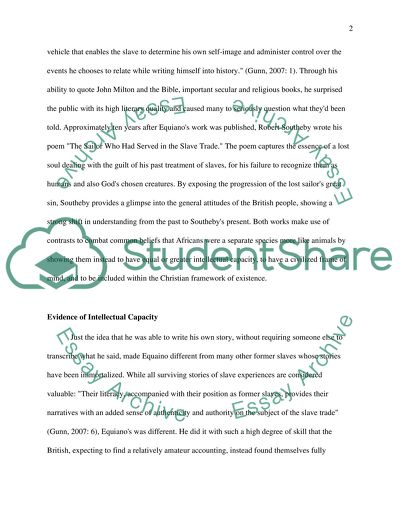Cite this document
(“Presentation of the Figure of the Slave in the Romance Era Essay”, n.d.)
Presentation of the Figure of the Slave in the Romance Era Essay. Retrieved from https://studentshare.org/history/1495141-presentation-of-the-figure-of-the-slave-in-the-romance-era
Presentation of the Figure of the Slave in the Romance Era Essay. Retrieved from https://studentshare.org/history/1495141-presentation-of-the-figure-of-the-slave-in-the-romance-era
(Presentation of the Figure of the Slave in the Romance Era Essay)
Presentation of the Figure of the Slave in the Romance Era Essay. https://studentshare.org/history/1495141-presentation-of-the-figure-of-the-slave-in-the-romance-era.
Presentation of the Figure of the Slave in the Romance Era Essay. https://studentshare.org/history/1495141-presentation-of-the-figure-of-the-slave-in-the-romance-era.
“Presentation of the Figure of the Slave in the Romance Era Essay”, n.d. https://studentshare.org/history/1495141-presentation-of-the-figure-of-the-slave-in-the-romance-era.


